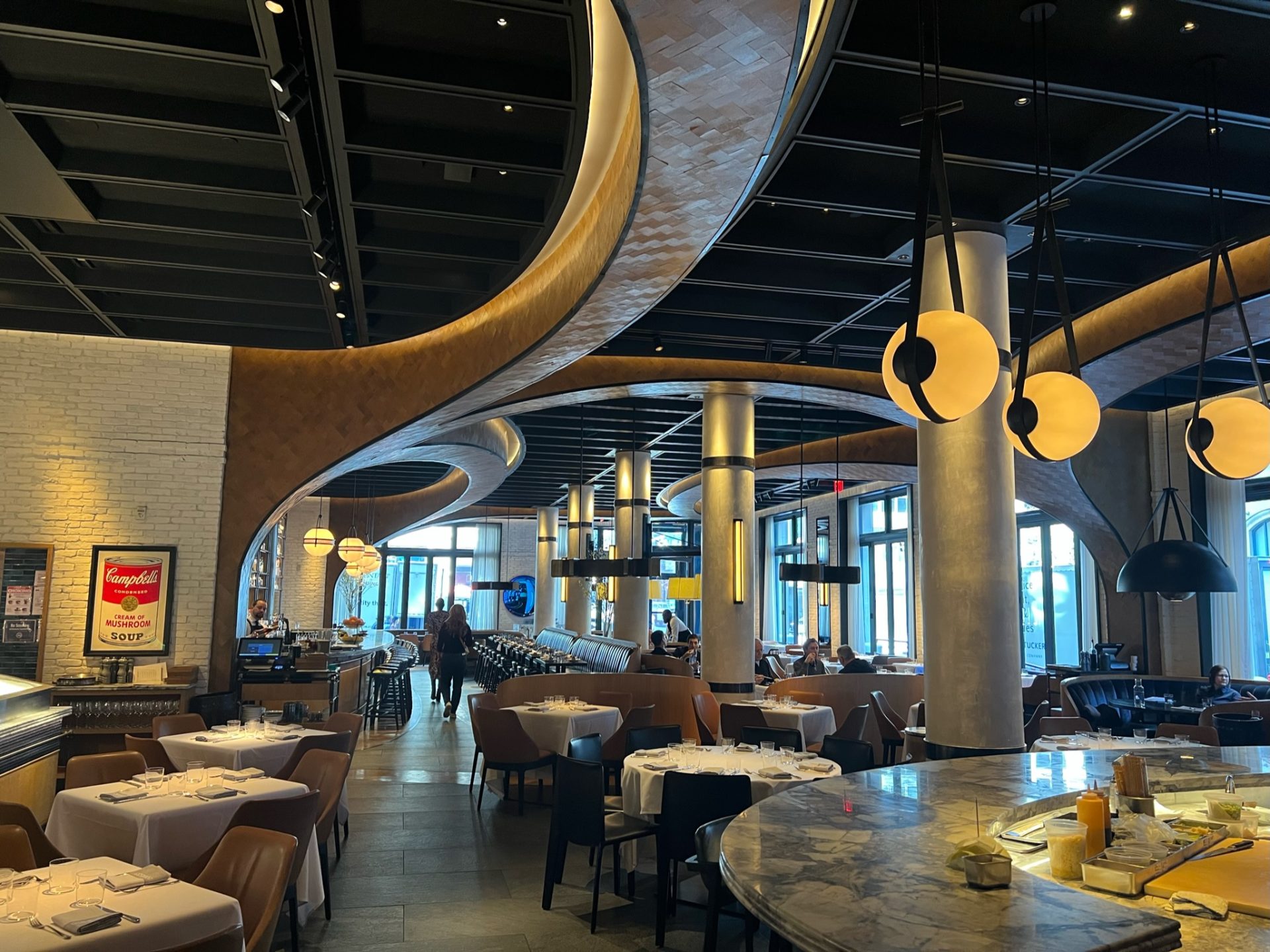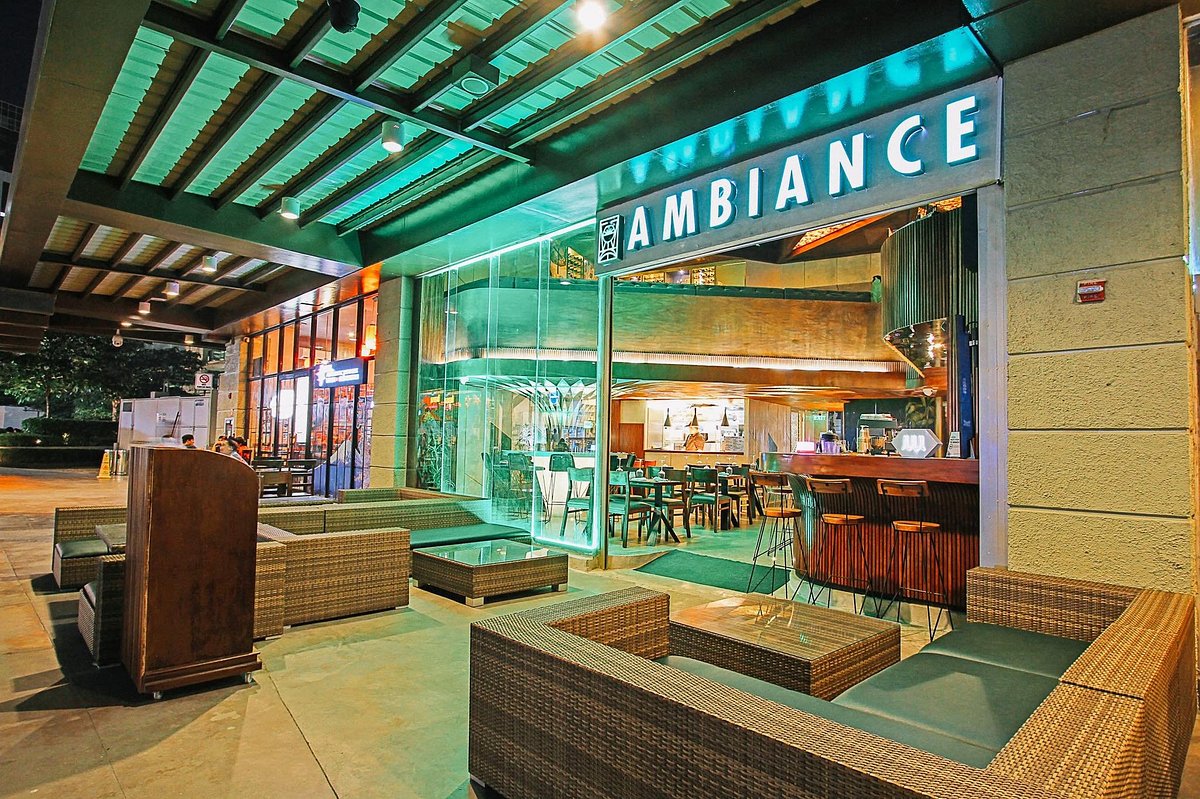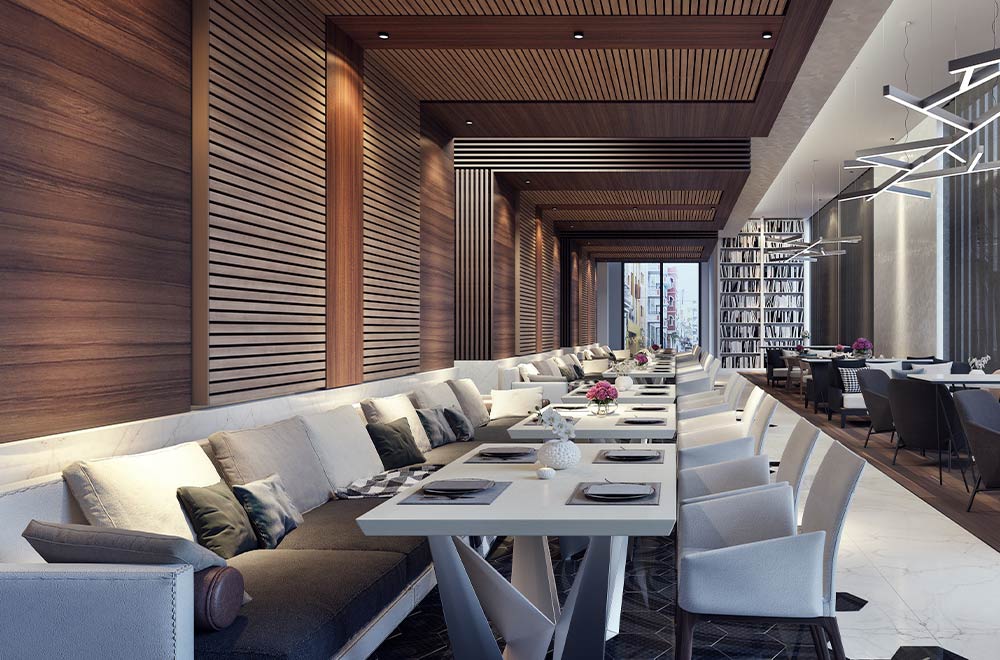Best Ambiance Restaurants Islamabad: Perfect Spots for a Remarkable Meal
Best Ambiance Restaurants Islamabad: Perfect Spots for a Remarkable Meal
Blog Article
Savor Genuine Eastern Food With a Pan-Asian Twist for a Cooking Experience
Beginning on a culinary trip through authentic Oriental cuisine, boosted with a Pan-Asian twist, provides an unique possibility to discover the rich tapestry of tastes that specify the region's diverse cooking practices. As you ponder these enticing meals, think about the social stories and historical influences that shape them, each bite supplying a story waiting to be uncovered. Chinese food Islamabad.

Exploring Pan-Asian Tastes
In the world of global gastronomy, Pan-Asian cuisine attracts attention for its remarkable variety and the unified interaction of tastes from numerous Asian cultures. This cooking technique commemorates the distinct active ingredients and rich customs found throughout the continent, developing a tapestry of preferences that is both interesting and gratifying. Trick to Pan-Asian food is its capacity to balance contrasting tastes-- wonderful, salty, spicy, and sour-- while highlighting the quality and high quality of each component.
From the umami-rich soy sauce of Japan to the fiery chili peppers of Thailand, Pan-Asian food supplies an extensive combination of tastes. These elements are frequently combined in innovative means, improving dishes with layers of complexity. For instance, making use of fragrant natural herbs such as lemongrass and cilantro, usual in Vietnamese and Thai cuisine, adds a rejuvenating illumination to meals, while the consolidation of coconut milk delivers a luscious, abundant appearance.
The emphasis on fresh fruit and vegetables and aromatic spices makes sure that each dish is not only a feast for the preference buds yet additionally for the senses. Pan-Asian food invites diners to start a cooking journey, exploring the large and differed landscapes of Oriental gastronomy with every bite.
Blend Meals to Attempt
While Pan-Asian cuisine is commemorated for its typical flavors, the modern-day culinary landscape is progressively embracing fusion meals that blend these timeless aspects with impacts from various other regions. This innovative technique not just honors the rich heritage of Oriental culinary arts yet additionally introduces unique preference experiences that appeal to contemporary tastes buds.
An archetype of such a fusion dish is the Korean-Mexican taco, where marinated bulgogi beef is covered in a cozy tortilla, topped with kimchi and a spicy gochujang-infused salsa. This combination weds the vibrant, full-flavored tastes of Korea with the vibrant, fresh components of Mexican cuisine. Likewise, sushi burritos have actually gotten popularity, amalgamating the fragile creativity of Japanese sushi with the passionate, hand-held comfort of a burrito, frequently including blend active ingredients like tempura shrimp and avocado with a drizzle of wasabi mayo.
Another noteworthy recipe is Thai curry ramen, which instills the luscious, fragrant seasonings of Thai curry right into the reassuring broth of conventional Japanese ramen, developing a harmonious blend that tantalizes the senses. These fusion recipes prolong past mere uniqueness; they represent a culinary discussion between cultures, motivating expedition and technology worldwide of Pan-Asian cuisine.
Important Components and Seasonings
To truly value Pan-Asian food, one have to understand the necessary active ingredients and flavors that develop its foundation. This varied cooking style draws from a rich tapestry of Eastern practices, using a harmonious mix of flavors and appearances.
Aromatic elements are crucial, with garlic, ginger, and go to the website lemongrass being ubiquitous across numerous Pan-Asian dishes. These ingredients give an aromatic base that boosts the complexity of flavors. Seasonings such as star anise, cardamom, and cinnamon present warmth and personality, echoing influences from areas like China and India.

Cooking Methods and Tips
Understanding the art of Pan-Asian cuisine calls for knowledge with its distinct cooking techniques, each adding to the lively tapestry of flavors this cooking tradition is commemorated for. Central to these techniques is the stir-fry, a fast food preparation method that maintains the nutritional integrity and vibrant shades of ingredients. Making use of a wok, the stir-fry approach enables even warm circulation, vital for attaining the characteristic appearance and taste equilibrium of Pan-Asian meals.
One more essential strategy is steaming, specifically common in Chinese food. This mild technique keeps the all-natural flavors and nutrients of ingredients, making it excellent for fish and shellfish and vegetables. Dumplings, a precious staple, typically gain from steaming, leading to soft, succulent structures.
Cooking, likewise integral, imparts great smoky midsts to recipes such as Korean bulgogi or Japanese yakitori (Romantic restaurants Islamabad). This technique frequently includes seasoning components, discover this permitting flavors to pass through deeply prior to food preparation over an open fire or warmer
Last but not least, mastering the art of balancing flavors-- wonderful, sour, salty, bitter, and umami-- is essential. Effectively layering these aspects can elevate a dish from common to phenomenal, using a complex and satisfying cooking experience that embodies the essence of Pan-Asian food.
Dining Experiences Worldwide
Around the world, Pan-Asian food provides an exceptional eating experience, celebrated for its abundant tapestry of flavors and vivid presentations. This cooking phenomenon has transcended social boundaries, capturing the hearts and tastes of food enthusiasts worldwide. In multicultural cities fresh York, London, and Sydney, Pan-Asian restaurants serve as melting pots where culinary practices from Thailand, Japan, China, and beyond converge, supplying diners with an eclectic mix of recipes that highlight the area's variety.
The global appeal of Pan-Asian cuisine lies in its capacity to supply both authenticity and advancement. Cooks masterfully wed standard components such as lemongrass, soy sauce, and miso with contemporary techniques, causing meals that are both familiar and refreshingly new. This fusion enables restaurants to embark on a cooking journey that values heritage while embracing modernity.
Additionally, eating experiences are elevated via attentively designed environments that show the ethos of Pan-Asian aesthetic appeals. From minimalist Japanese-inspired interiors to dynamic Thai-themed spaces, each dining establishment supplies a distinct atmosphere that matches the cooking offerings. Consequently, clients are not merely taking in a meal but partaking in a social experience, making Pan-Asian eating a genuinely global sensation.
Conclusion
The expedition of Pan-Asian cuisine supplies an extensive understanding of the intricate interplay of tastes and culinary traditions across Asia. By welcoming combination meals such as Thai curry ramen and sushi burritos, the cooking journey not just highlights the adaptability of standard components however additionally showcases cutting-edge modern techniques. This gastronomic adventure, enhanced by cooking methods and essential spices, gives a distinct possibility to value the multiculturalism and culinary creativity that define Pan-Asian cuisine on a global scale.
Embarking on a cooking journey with genuine Oriental food, boosted with a Pan-Asian spin, uses a special opportunity to explore the rich tapestry of tastes that define the area's diverse cooking customs.In the world of global gastronomy, Pan-Asian cuisine stands out for its amazing diversity and the harmonious interplay of tastes from various Oriental societies. Secret to Pan-Asian cuisine is its ability to balance different tastes-- pleasant, salty, spicy, and sour-- while highlighting the freshness and top quality of each ingredient.

Report this page